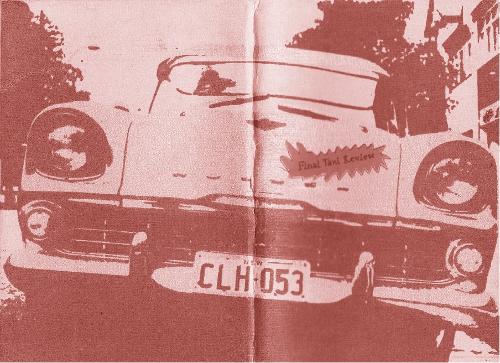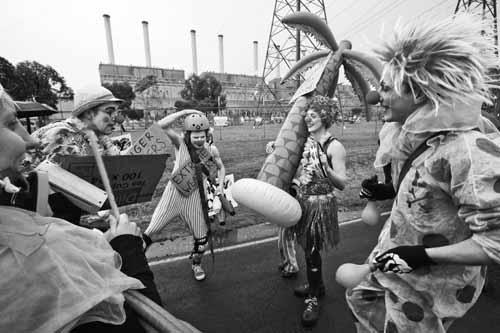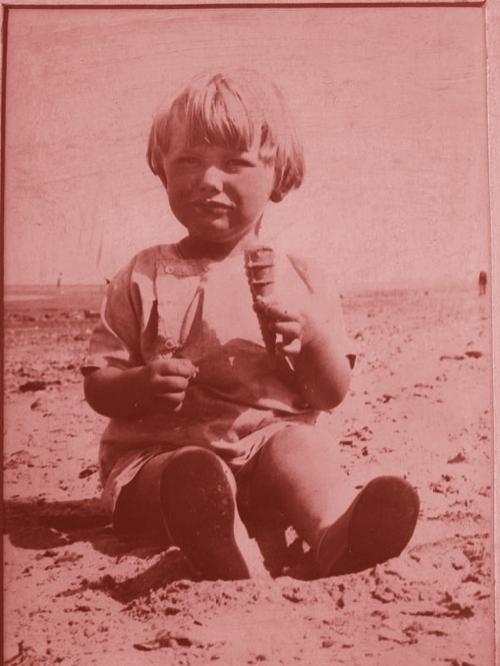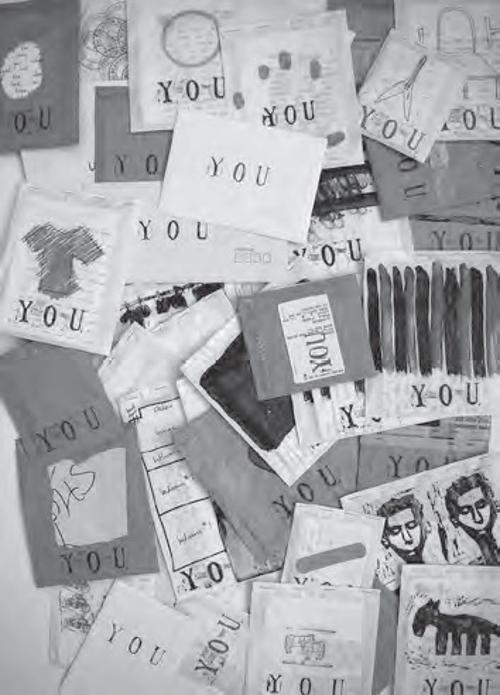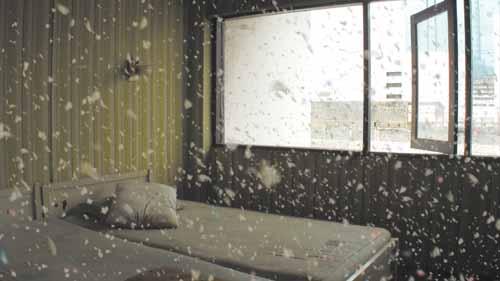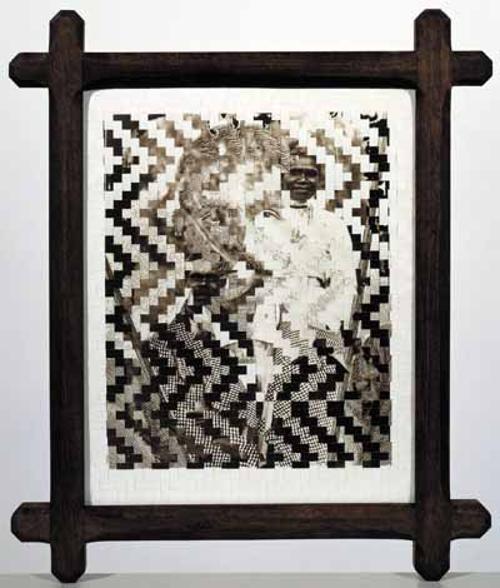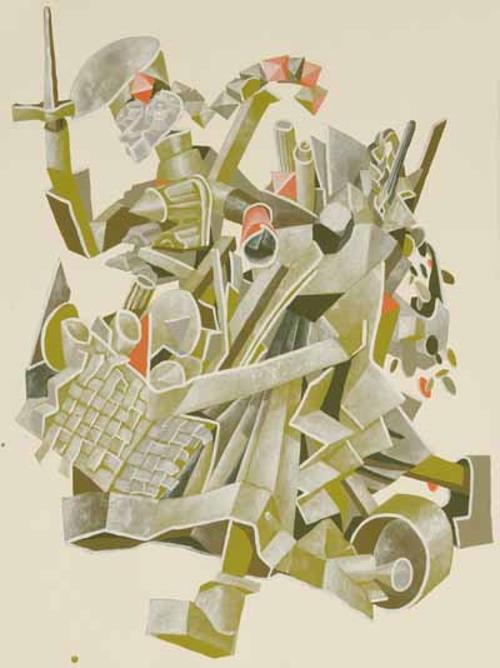Dig it! The hole in Australian contemporary art
Curator at the Museum of Contemporary Art in Sydney Glenn Barkley surveys the hole in contemporary Australian art starting at the 1973 Mildura Sculpturescape.

Artist/ writer, curator/designer at the Australian Experimental Art Foundation Teri Hoskin's thirteen paragraphs sum up facts, apprehensions and suspicions about the underground.
